Recent Articles
Popular Makes
Body Types
10 Things You Need to Know About Karma Automotive
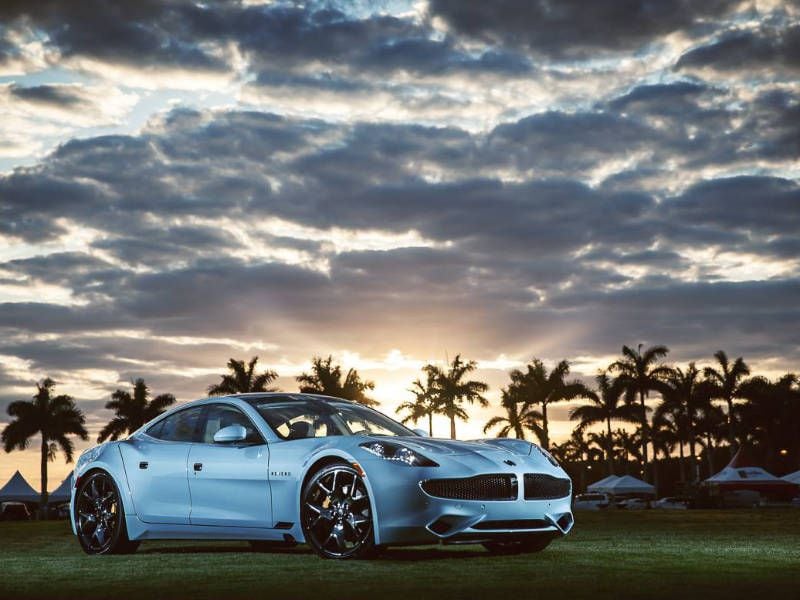
Karma Revero 3 4 grass hero ・ Photo by Karma Automotive
Electric vehicles have been touted as the next big thing for decades now, but the actual adoption of pure electric vehicles has been underwhelming, to say the least. Consumers cling to the freedom and ease of gasoline engines and the fueling infrastructure. Range anxiety is still a major concern – nobody wants to run out of charge mid-journey.
Karma Automotive, a new California-based car manufacturer, surveyed the landscape and discovered space for a plug-in hybrid gasoline/electric vehicle (PHEV) in the luxury class. PHEV is a bridge between hybrid gasoline-powered vehicles and pure electric vehicles (EV), delivering the electric-only operation of an EV with the extended range of a hybrid.
Here are 10 things to know about Karma Automotive.
1) Karma is the descendant of Fisker, and is related to James Bond.
Fisker Automotive (2007 – 2012) was the brainchild of Danish designer Henrik Fisker. A graduate of Pasadena’s famous Art Center College of Design, Fisker is credited with the designs for the Aston Martin V8 Vantage and BMW Z8 Roadster, both of which became Bond movie cars. Fisker left his eponymous company in 2012 following the release of the Fisker Karma, the company’s PHEV luxury sedan. Fisker Automotive fell victim to supply chain issues, as its one and only battery supplier, A 123 Systems, was forced into bankruptcy following a product recall in 2012. Without a reliable source of batteries, Fisker followed A 123 into bankruptcy in 2013, and its assets were auctioned off. A Chinese company, Wanxiang Group, purchased the Karma design and some PHEV technology, and launched Karma Automotive in 2016.
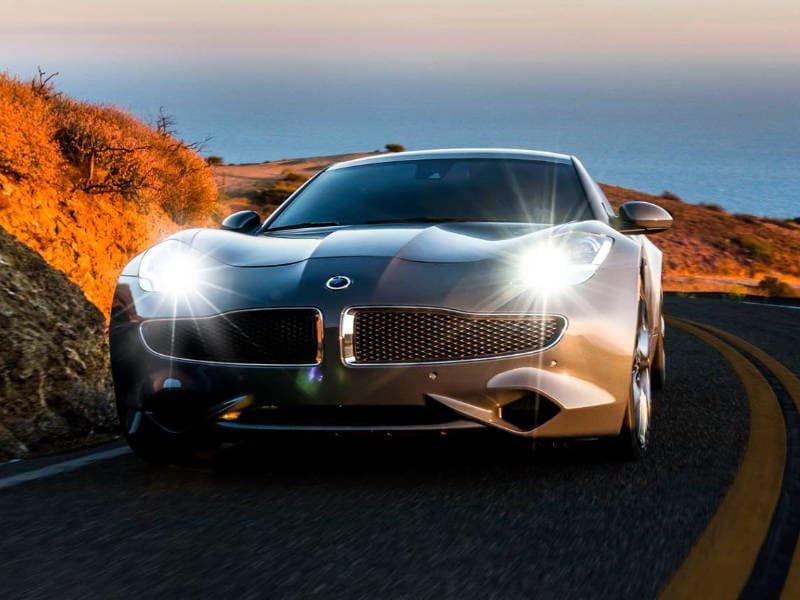
Photo by Karma Automotive
2) The Revero is Karma’s first vehicle.
Based on the Fisker Karma (see #1), the Karma Revero is the first vehicle to emerge from the new luxury automaker. Revero sedans are rolling off the production line in Moreno Valley, California at the rate of about one per day, and will soon be at dealerships wearing a starting price of $130,000.
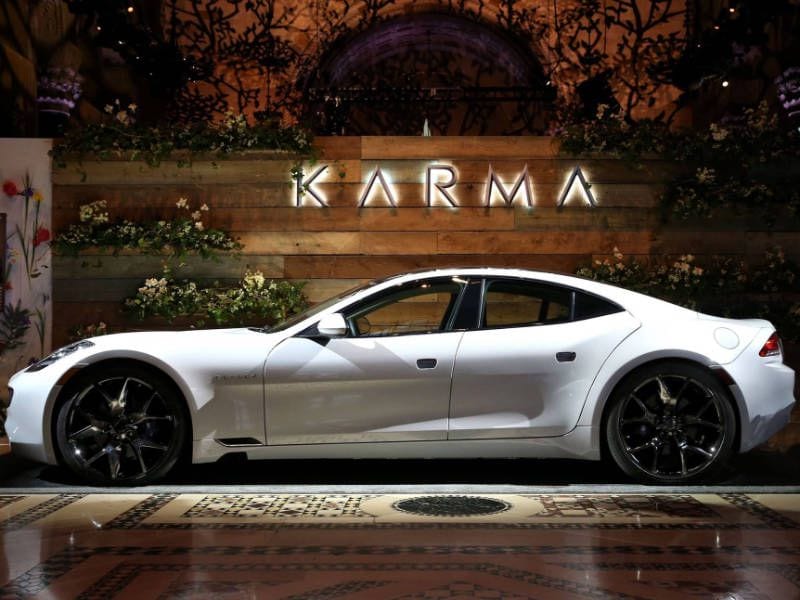
Photo by Karma Automotive
3) Karma’s Chief Revenue Officer was the final CEO of HUMMER.
James Taylor, Karma’s Chief Revenue Officer, is an experienced automotive executive. He spent the first part of his career as an engineer at General Motors before switching into the marketing arena. His GM career ranged from Saturn to Opel to GM Truck and beyond. Before taking over as CEO of HUMMER in 2008, he was General Manager of Cadillac beginning in 2004. The economic collapse of 2008 spelled doom for HUMMER, and Taylor segued into other opportunities. Joining Karma brings him back onto the automotive path.
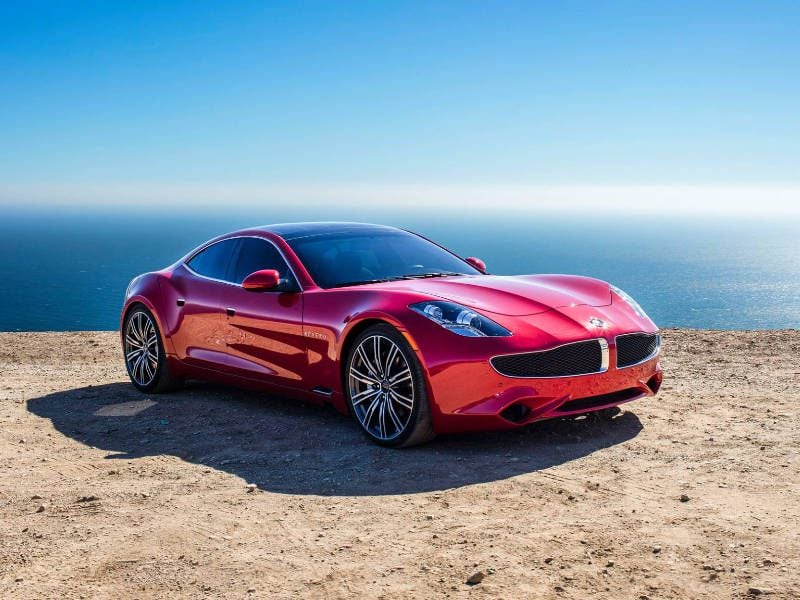
Photo by Karma Automotive
4) The Revero is powered by sunlight.
The Revero’s roof is a solar panel. It captures solar energy and sends it to the car’s 12-volt system, as well as contributing to charge on the car’s high-voltage system. Don’t you wish you’d thought of that? Wait -- you did think of it? So did everybody else! But Karma is actually doing it, which seems like a very smart decision. The solar panel isn’t designed to fully charge the Revero’s batteries, but any step in this direction seems like a healthy one.
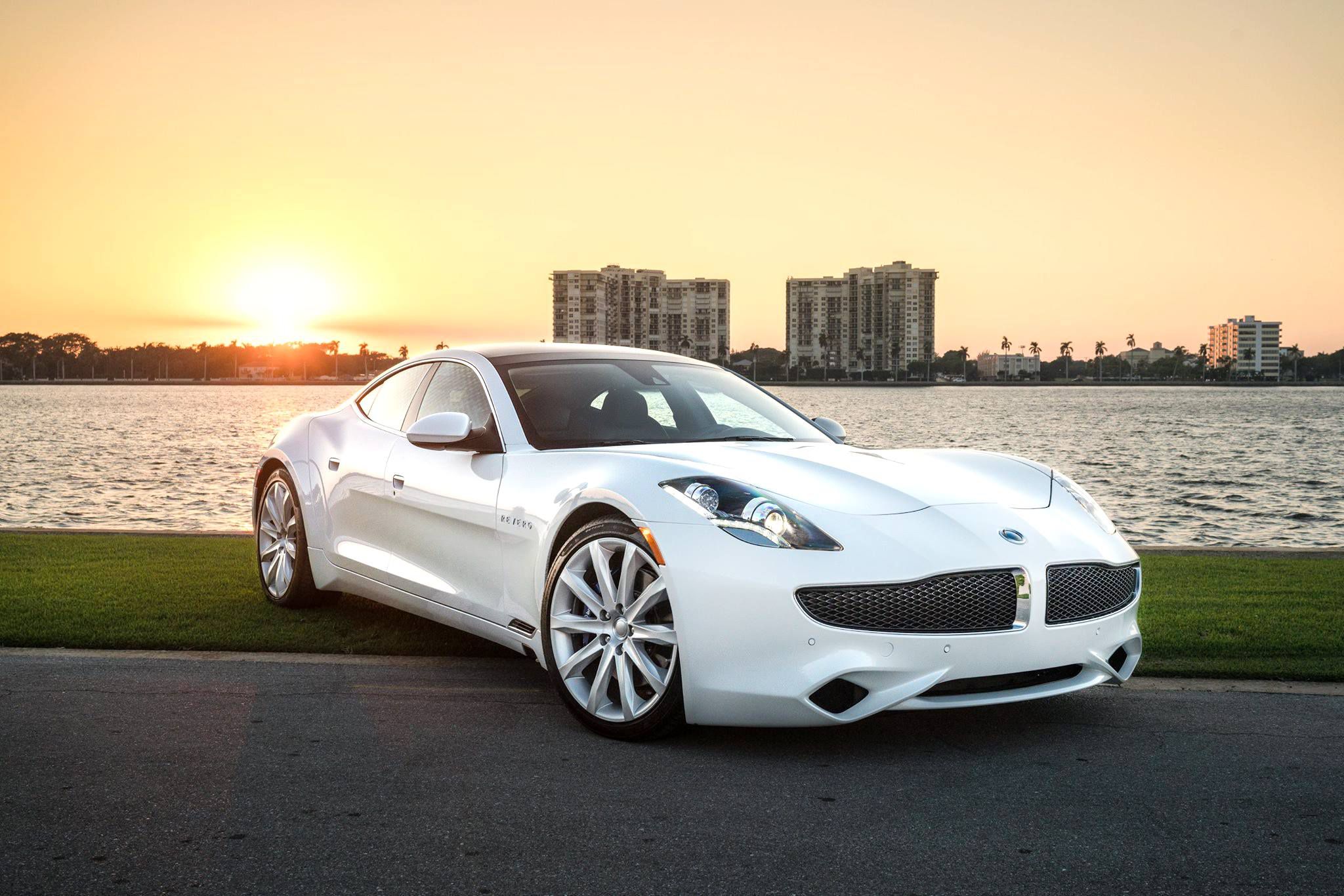
Photo by Karma Automotive
5) California is not only Karma’s home, it is its inspiration.
Karma’s factory is in Moreno Valley, California, in what locals call “The Inland Empire” of Riverside County, about 65 miles east of Los Angeles. Karma says, “We are influenced by the mountains, the desert, the ocean, the light.” It has been years since a car has been assembled in Southern California, and the Karma project is bringing much-needed employment to the area.
At launch, the Revero will be available in eight California-themed exterior color schemes: Borrego Black and Pacific Fog are standard, Mar Pacifico, Moreno, Ocean Veil, Balboa Blue, Corona del Sol, and Anza Desert are optional. The six interior themes that compliment the exterior are Palisades and Crystal Cove (standard) and Salt Creek, Coronado, Canyon Tri-Tone, and Palisades Sport (optional). All that’s missing is a food cart, and they’d have the total California experience.
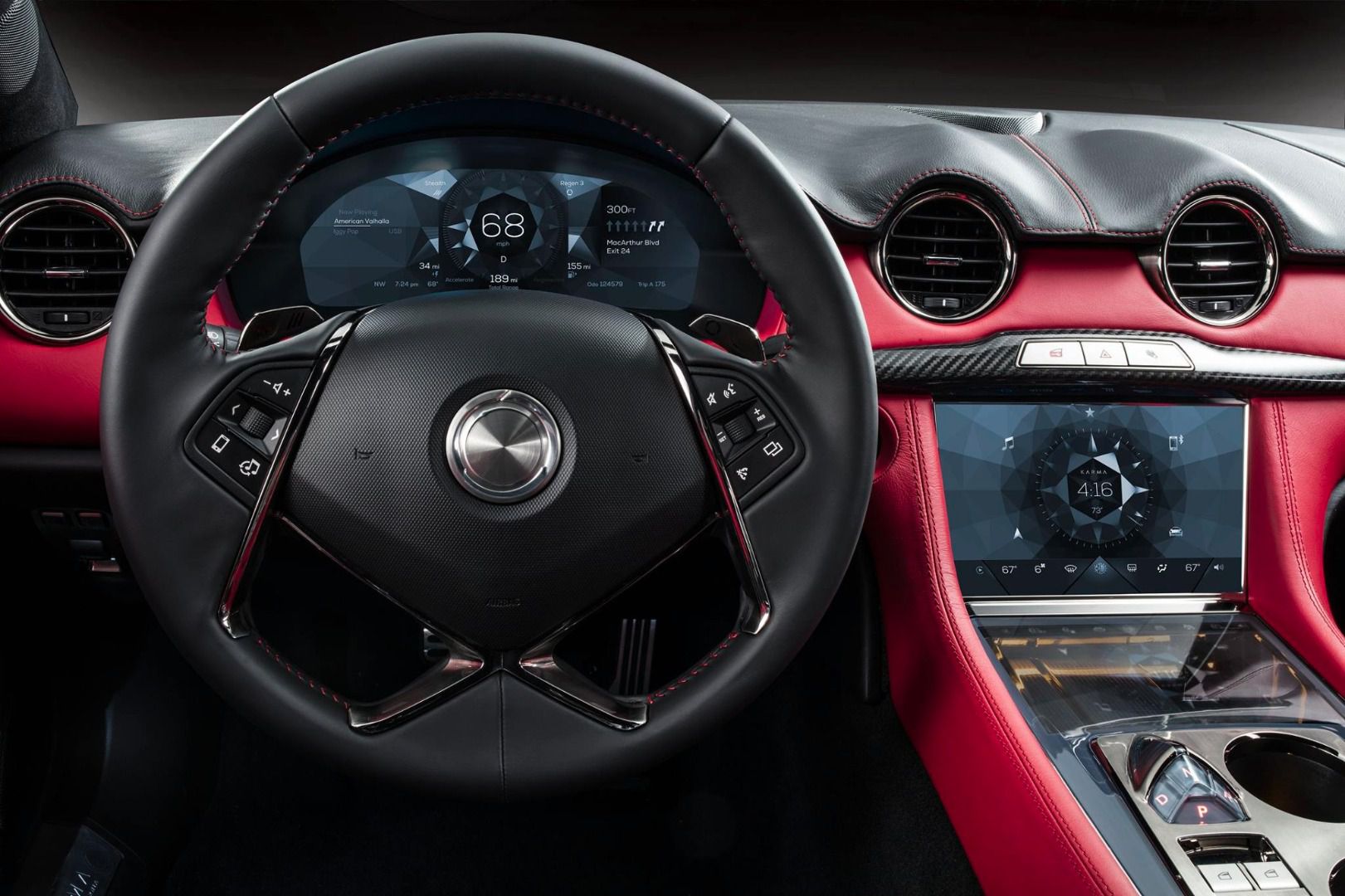
Photo by Karma Automotive
6) The Revero has an all-electric range of up to 50 miles, and an extended range of 300 miles.
One of the great achievements of PHEVs is the ability to run on pure electric power for a significant distance without burning a single drop of gasoline. If you have a daily commute of under 50 miles roundtrip, you may be able to drive a Revero without ever engaging the gasoline generator engine. Just plug into an 110-volt electrical source at night, and the Revero can be fully-charged in up to 10 hours. If you have a 220-volt source, charging time is reduced to 3-4 hours. The onboard gasoline generator engine can kick in to extend the Revero’s range to 300 miles.
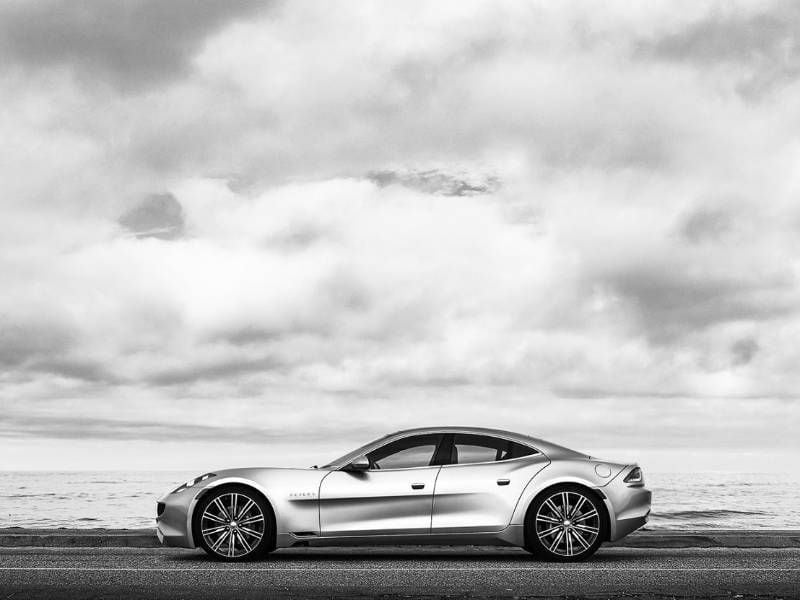
Photo by Karma Automotive
7) Karma’s name badges are all hand-painted.
One of the hallmarks of ultra-luxury is uniqueness. If you’re spending $130,000 for a car like the Revero, you want it to be a one-of-a-kind vehicle. One of the ways that you can achieve uniqueness is to include handwork by skilled craftspeople in place of machine-made elements. Quality machine-work is designed to make every part precise and identical. By putting hand-painted name badges on the exterior of its vehicles, Karma is boasting that their cars are each one-of-a-kind.

Photo by Karma Automotive
8) The Revero shares an awful lot of technology and design with the Fisker Karma.
When Wanxiang Group bought Fisker out of bankruptcy, they not only bought physical property like tooling and machinery, they also bought intellectual property, like layout and design. The Revero’s exterior is almost identical to the Fisker; its aluminum space frame is the same; its self-leveling rear suspension is the same; the basic layout of its motors, generator engine and batteries is identical. Karma touts the Revero as a new vehicle, and that’s true – but not entirely.
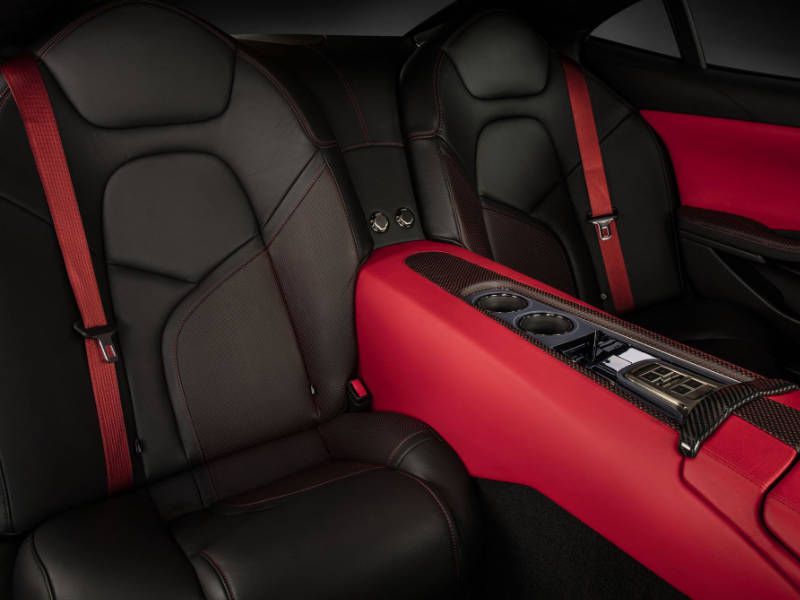
Photo by Karma Automotive
9) Karma is not Tesla, and proudly so.
Karma has to contend with that other California-based carmaker: Tesla. Entrepreneur Elon Musk has managed to splash the Tesla name all over the news, and the Model S is a public relations juggernaut. When consumers think of electric luxury cars, the first name that comes up will usually be Tesla. But Karma is not Tesla. Where Tesla is an outsider company, Karma is run by experienced car guys – a bunch of old-school Big Three veterans. Though they’re “inspired by California,” they all have roots in Michigan. The Revero is not competing on equal ground with the Model S – it is not a pure electric EV; it is a plug-in hybrid PHEV that uses a gasoline generator. That’s a marked differentiator and may draw buyers who have hesitated to be pioneers but still want to be innovators and leaders.
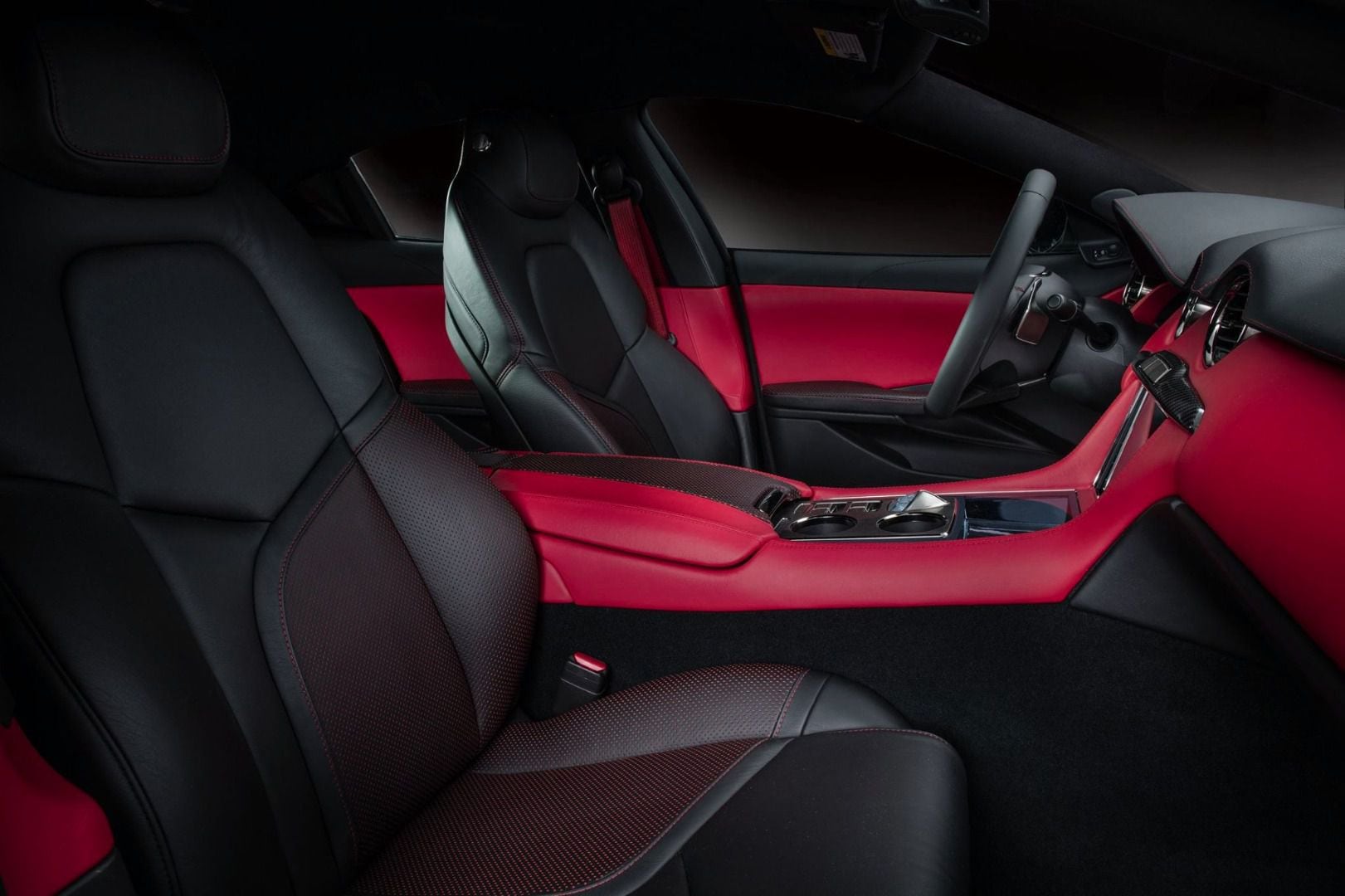
Photo by Karma Automotive
10) Karma will monitor the first customer vehicles around the clock.
One of the unfortunate legacies of the Fisker Karma is questionable durability and reliability. Karma will have to deal with the same for the Revero. Karma has moved production to a new facility and is diversifying its supplier base to avoid getting dragged down by a failing supplier, as happened with Fisker and A 123. They are also going to electronically monitor the first customer vehicles 24 hours a day to detect any fail codes and will deliver software fixes and patches wirelessly to instantly fix the problems, rather than requiring a dealership visit to facilitate updates.
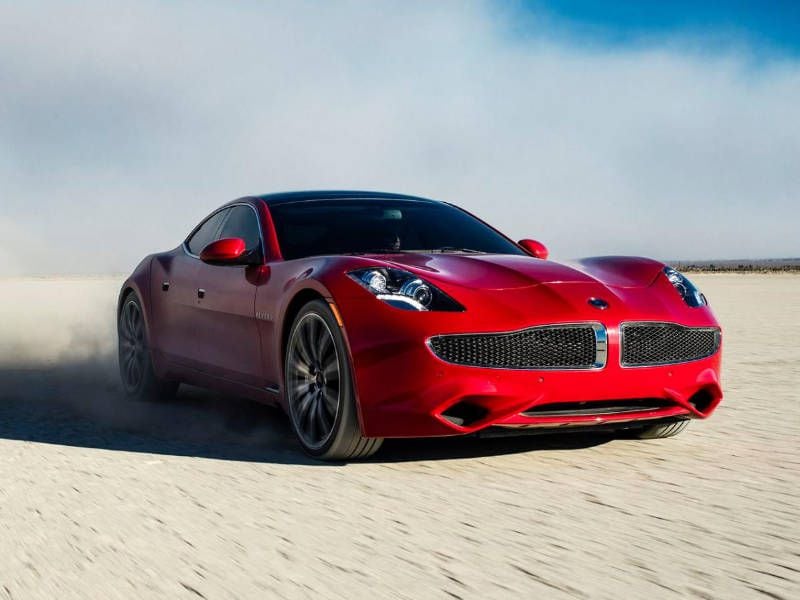
Photo by Karma Automotive